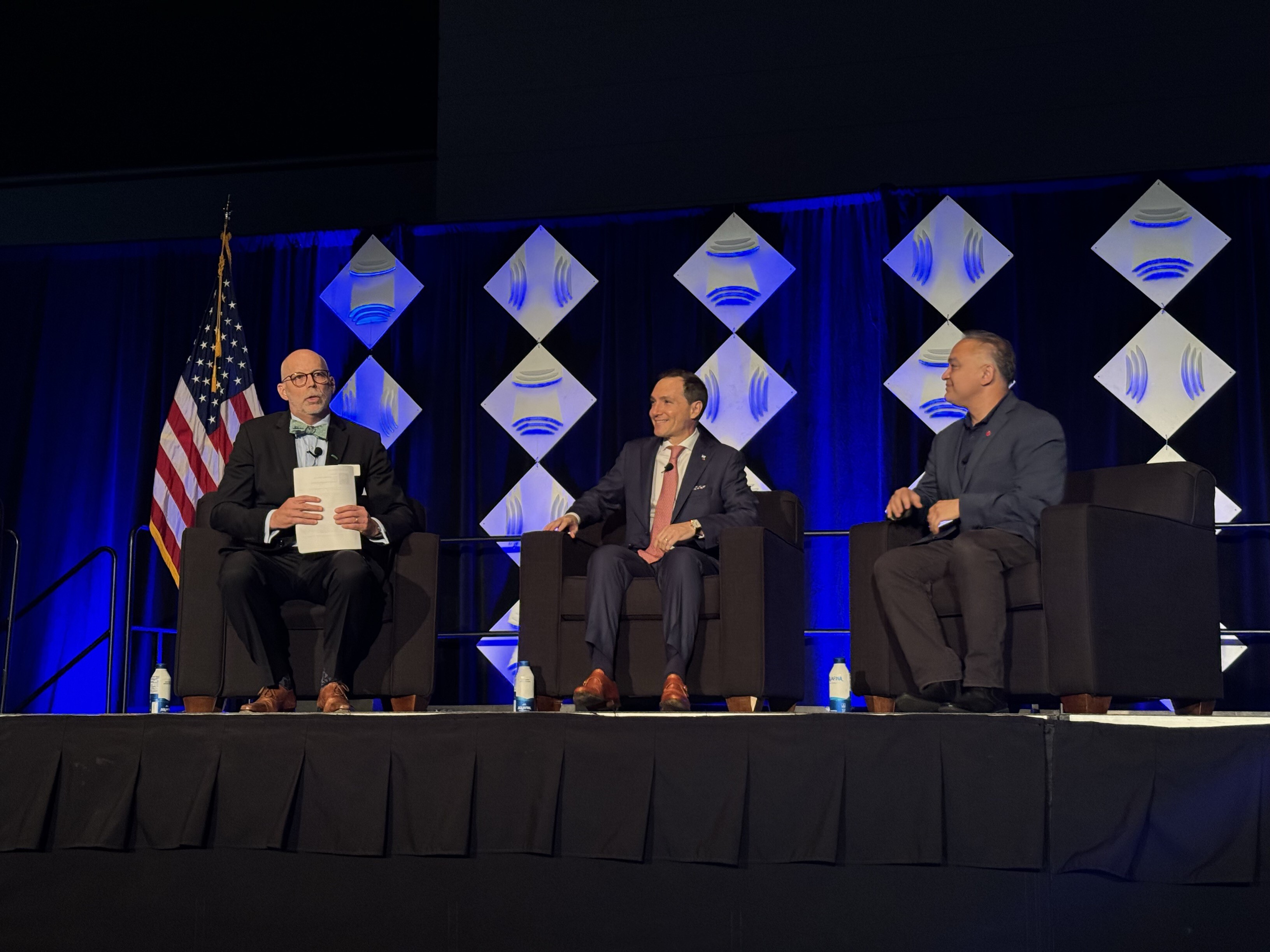NSF Responds to New York Times Article on Plastic Pipe
Dear friends and colleagues,
Like many of you, we were troubled to read Ms. Hiroko Tabuchi’s article “$300 Billion War Beneath the Street: Fighting to Replace America’s Water Pipes” in The New York Times on November 10, 2017. We have several issues with the article and have voiced our concerns to the editor of the newspaper.
First, the article does a disservice to readers by characterizing NSF-certified plastic water pipes as merely “certified and tested by an organization paid for by industry.” While that statement is factually correct, the reporter omitted essential information about NSF’s independence, impartiality and accreditations.
- NSF is an independent, non-profit organization with a mission of protecting public health and we take our mission very seriously. If a product does not meet the requirements of a standard, it will not pass. As an independent, accredited third-party certifier, NSF tests and certifies a variety of pipe materials, including cast iron, copper and cement as well as plastics. NSF laboratories are ISO 17025 certified and plastic pipe is tested for a wide range of potentially harmful chemicals. To ensure integrity and independence, NSF is audited annually by the American National Standards Institute (ANSI), the Standards Council of Canada (SCC), and the International Accreditation Service (IAS).
Second, the article implies industry payment for certification services is inappropriate, without explaining that this fee-for-service model is widely accepted by industry and federal regulators.
- NSF receives no government funding for its standards or certification services, which are carried out via a fee-for-service model that has been in place since our founding in 1944 as part of the University of Michigan’s School of Public Health. This fee-for-service model is the standard practice for certification in most industries. Payment for testing services has no bearing on whether a product will achieve NSF certification or not.
- As a non-profit organization, the cost of operating NSF’s laboratories, auditors, toxicologists, scientists and engineers is covered by the fees charged for certification services. This is the same model used by many other well-known certifiers. If the companies seeking certification didn’t pay for these services, then U.S. taxpayers would likely need to cover the costs.
Third, the New York Times writer implies that NSF is somehow acting inappropriately because it “displays a picture of the Capitol building on its regulatory resources web page and runs a hotline for questions on regulations and product safety. Yet it has never received regulatory authority from the federal government.”
- Ms. Tabuchi fails to explain that NSF’s regulatory affairs team serves as a resource to educate and support federal, state and local legislators and regulators to help them fulfill their public health protection responsibilities. To ensure continued alignment of NSF standards and conformity assessment services with government laws and regulations, NSF regularly interacts with regulatory agencies. The fact that we feature a photo of the U.S. Capitol building on our website is not meant to imply we are part of the government.
- Representatives from regulatory agencies participate in our standards development process and on the Joint Committees that govern the standards. In fact, two representatives from the U.S. EPA sits on the Joint Committee for NSF/ANSI 61: Drinking Water System Components – Health Effects. NSF is an ANSI-accredited standards development organization that facilitates the development of voluntary standards using an open, consensus-based process that ensures balanced input from public health experts, regulators at the federal, state and local levels, academia and industry.
- While it is true that NSF “has never received regulatory authority from the federal government,” as a non-profit, non-governmental agency, NSF’s role in developing voluntary consensus standards and certifying products is recognized by the U.S. government. In fact, the Office of Management and Budget (OMB) Circular A-119, which was codified in the National Technology and Transfer Advancement Act (NTTAA), directs federal agency participation and use of voluntary consensus standards, as well as reliance on accredited conformity assessment activities.
Fourth, Ms. Tabuchi’s article states that NSF does not disclose test results, which is not entirely accurate.
- NSF does not disclose test reports publicly because they contain confidential information about product design and formulation that could be used by a company’s competitors to reverse engineer a similar product. To obtain certification, manufacturers are required to submit detailed information regarding their product formulation and design. For that reason, NSF only releases test results to the organization seeking certification. That organization is then free to release the report if they choose, but only in its entirety. The certification process itself is highly transparent. The requirements for determining compliance with the standard are detailed NSF/ANSI 61, which is widely available.
While we provided all of this information to Ms. Tabuchi more than three weeks before she published her article, she clearly chose a more sensational approach. Despite this misleading reporting, we will continue to educate the media about the importance of voluntary standards, independent certification and scientific impartiality.
Sincerely,
Dave Purkiss
NSF
Share this Article
How NSF Can Help You
Get in touch to find out how we can help you and your business thrive.

What’s New with NSF

NSF Shanghai Named Critical Site for NSF/ANSI 455 and NSF/ANSI 173 by ANSI National Accreditation Board
July 26, 2024
NSF Takes Center Stage at NEHA Annual Education Conference
July 25, 2024
NSF Asia Pacific Showcases Hospitality Solutions at THAIFEX HOREC Asia 2024 in Bangkok, Thailand
July 4, 2024